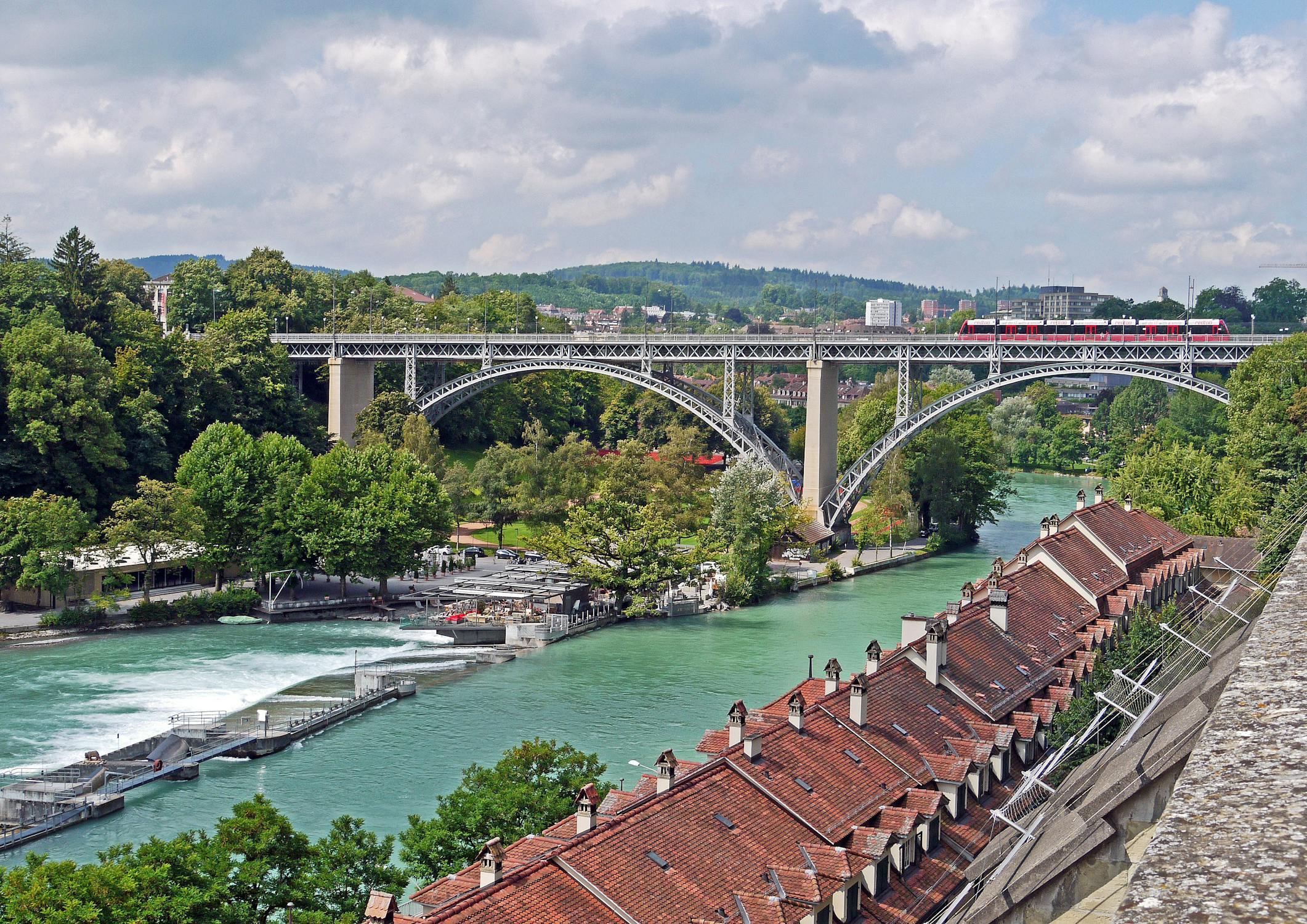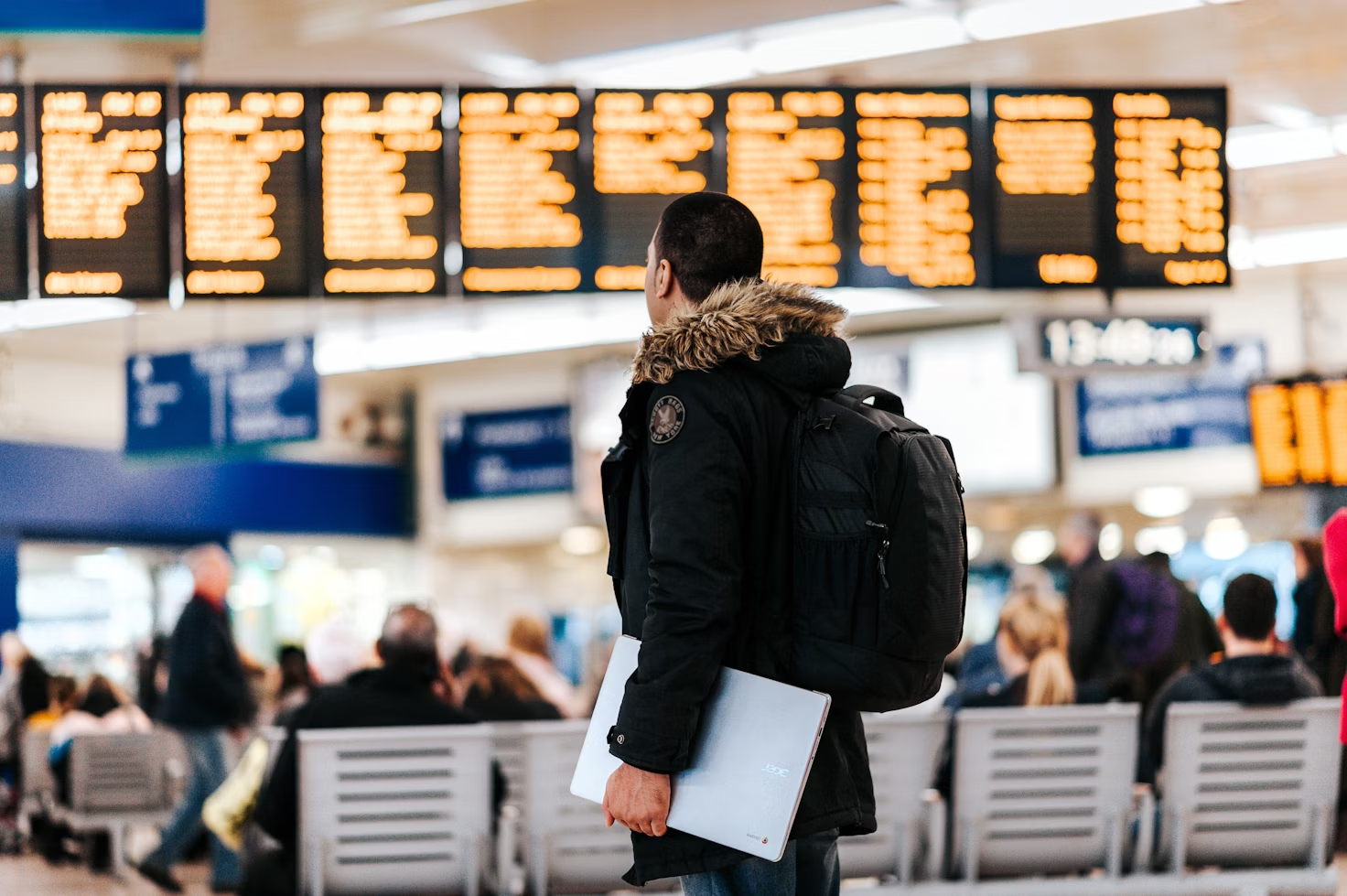The rhythmic hum of a train gliding across Europe’s landscapes has a special allure. Travelers increasingly turn to rail journeys, drawn by their convenience, eco-friendly benefits, and distinct charm. As European cities push green initiatives, train travel has become one of the most sustainable and enriching ways to explore the continent.
However, rail adventures come with quirks, such as:
- Complex ticketing systems
- Occasional delays
- Limited availability on popular routes
- Varying comfort levels across classes
- Night train schedules not accessible everywhere
With new routes, revived night trains, and innovative services, rail travel is transforming. Discover why it’s the ultimate way to explore Europe!
Why Train Travel Is Growing In Popularity
Over the years, train travel in Europe has shifted from being just a mode of transportation to something travelers actively seek out. Whether it’s the allure of scenic routes, increasing environmental awareness, or governmental efforts to promote sustainability, hopping on a train is clearly having a moment. And honestly, it makes sense why so many of us are choosing the rails over the skies or roads.
Environmental Concerns And Sustainability
Trains are a greener choice, emitting 75% less CO2 than flights and outperforming cars in energy efficiency. The EU promotes rail as a sustainable travel leader, with modern electric trains in countries like France and Germany powered by renewable energy. With climate change in focus, swapping flights for trains is a meaningful step forward.
The Romance Of The Journey
Trains transform travel into an experience, not just transit. Unlike planes, they immerse you in scenic landscapes and historic towns. Night trains, like Austria’s ÖBB Nightjet, add the charm of waking up in a new city. It’s a meditative, unhurried journey that makes the trip as special as the destination.
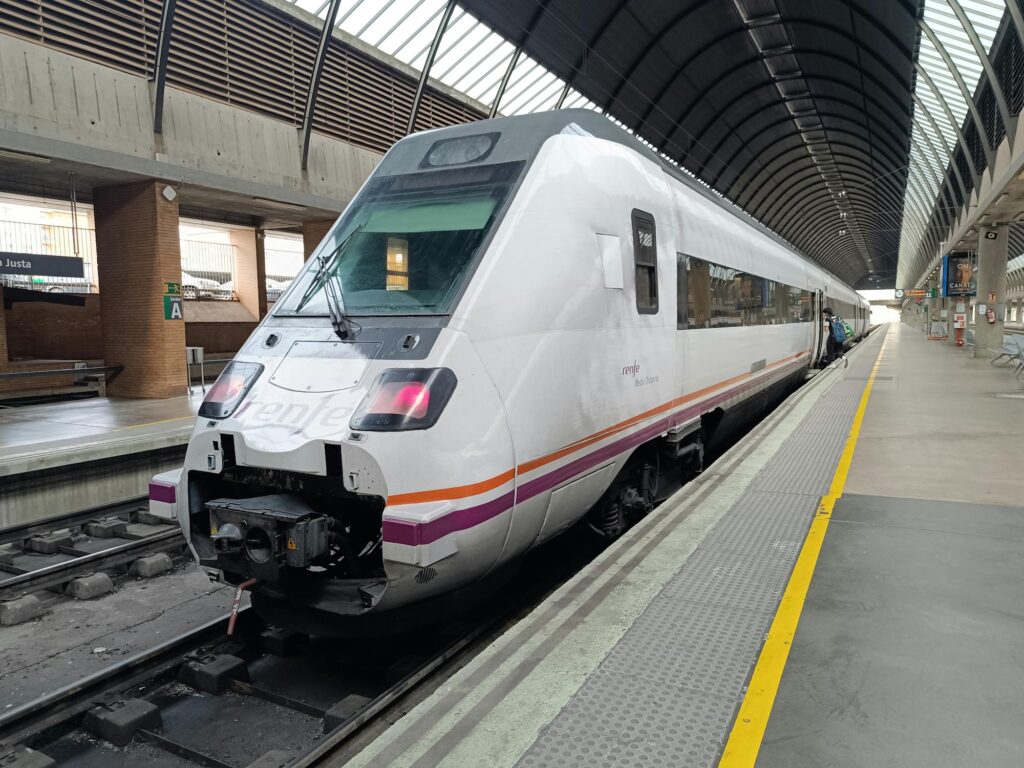
Government And EU Initiatives
European governments are investing heavily in rail, aiming to double high-speed traffic and triple cross-border services by 2050. Innovations like integrated ticketing are simplifying routes, while funding for electrification and faster trains makes rail a true competitor to flights. With green goals and modern upgrades, European trains are on the rise. Looking for more European travel tips? Check outthis guide on visiting France by train from abroad.
Advantages Of Traveling By Train In Europe
Europe’s train network is a marvel of modern connectivity, offering a mix of practicality and adventure for travelers. Whether you’re navigating bustling cities or gliding past serene countrysides, the perks of traveling by rail are hard to ignore.
From the unmatched convenience to budget-friendly options, let’s look at why more people are choosing trains for their European escapades.
Convenience And Comfort
One of the biggest advantages of train travel in Europe is its unmatched convenience. Many train stations are right in the heart of a city, unlike airports miles away that demand costly and time-consuming transfers. This makes getting to and from your destination, whether it’s Paris, Berlin, or Venice, an absolute breeze.
Train travel redefines comfort with spacious seats, dining cars, and sleeper cabins. It’s more than transit—it’s a relaxing, restorative experience.
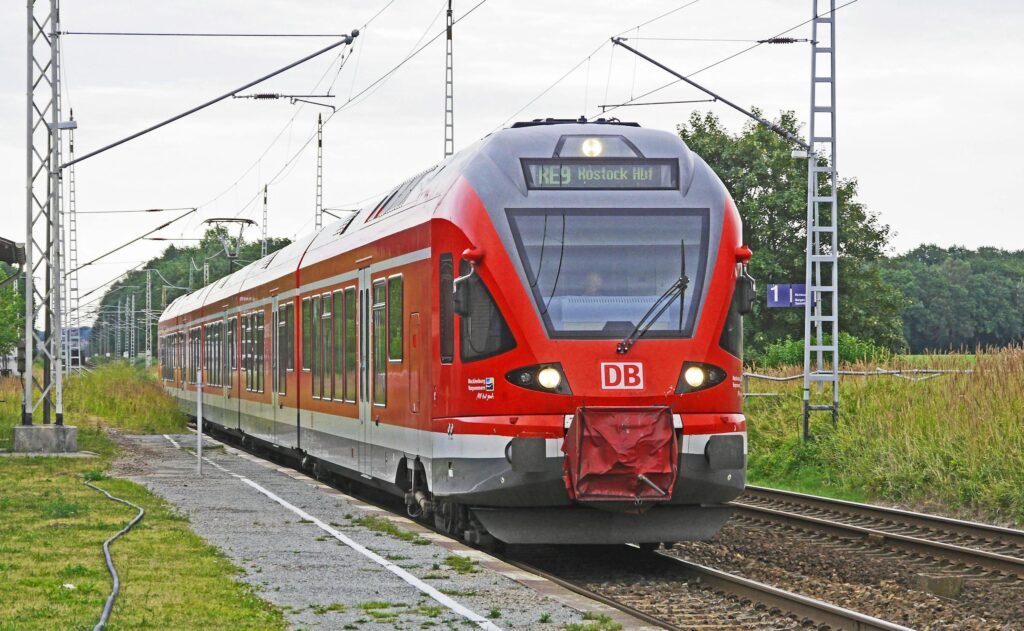
Night trains like the ÖBB Nightjet aren’t just practical but feel luxurious. Imagine falling asleep to the rhythm of the tracks and waking up in a new city. I’ve done it—it’s like adding an extra layer of magic to your itinerary.
Affordability Compared To Flying
Train travel in Europe is often more affordable than flying, with no hidden fees for luggage or airports. Passes like Eurail or Interrail offer great savings, while early bookings secure discounts on high-speed lines like Spain’s AVE or France’s TGV.
For solo travelers like me, the ability to save on costs without sacrificing comfort is a blessing. A single overnight train can double as both accommodation and transport, reducing expenses further while providing an unforgettable experience. It’s a budget-friendly option that’s still comfortable and reliable.
Flexibility And Easy Planning
Train travel in Europe offers unmatched freedom with frequent schedules, extensive routes, and flexible booking without price spikes. Skip airport hassles—show up 15 minutes before departure and board with ease. Perfect for spontaneous trips, trains make exploring Europe simple and stress-free.
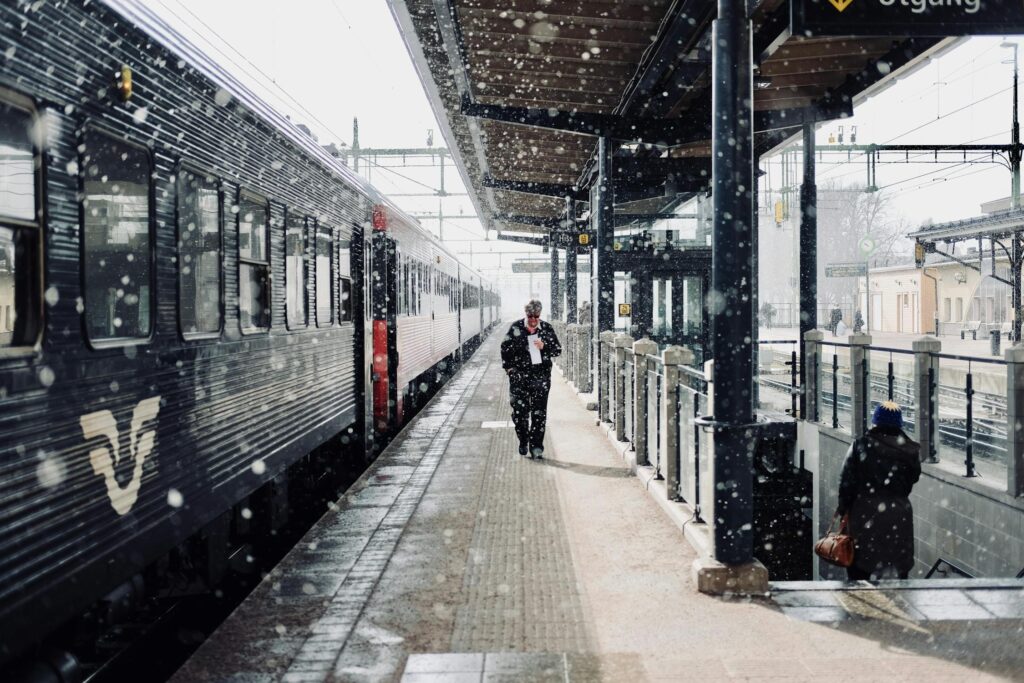
Types Of Train Journeys In Europe
Europe’s train network is a kaleidoscope of experiences that caters to all kinds of travelers. From those looking for speedy city-to-city connections to adventurers seeking jaw-dropping views, the continent’s rail offerings are as diverse as its landscapes. Let’s explore the different ways travelers onboard trains for unique journeys.
High-Speed Rail For Quick Connections
High-speed trains like France’s TGV and Spain’s AVE reach up to 320 km/h, connecting cities fast. Travel Paris to Lyon in 2 hours or Madrid to Barcelona in 2.5, maximizing your time for exploration.
Beyond speed, the convenience cannot be overstated. High-speed routes often have frequent schedules and provide plush, modern interiors. Best of all, they typically drop you right in the city center, unlike airports that have you stuck in transit for hours. For more on navigating Europe’s efficient rail systems, read thisguide to Europe train travel.
Scenic Routes For Leisure Travel
Europe’s scenic train routes turn journeys into unforgettable experiences. Switzerland’s Glacier Express glides through snow-capped mountains and charming villages, while Italy’s Cinque Terre train offers stunning coastal views with terraced vineyards and sparkling sea.
For photographers or dreamers (like me), these trains let you soak up Europe’s natural beauty at a leisurely pace. Sitting by the window feels like watching art come to life, one frame at a time.
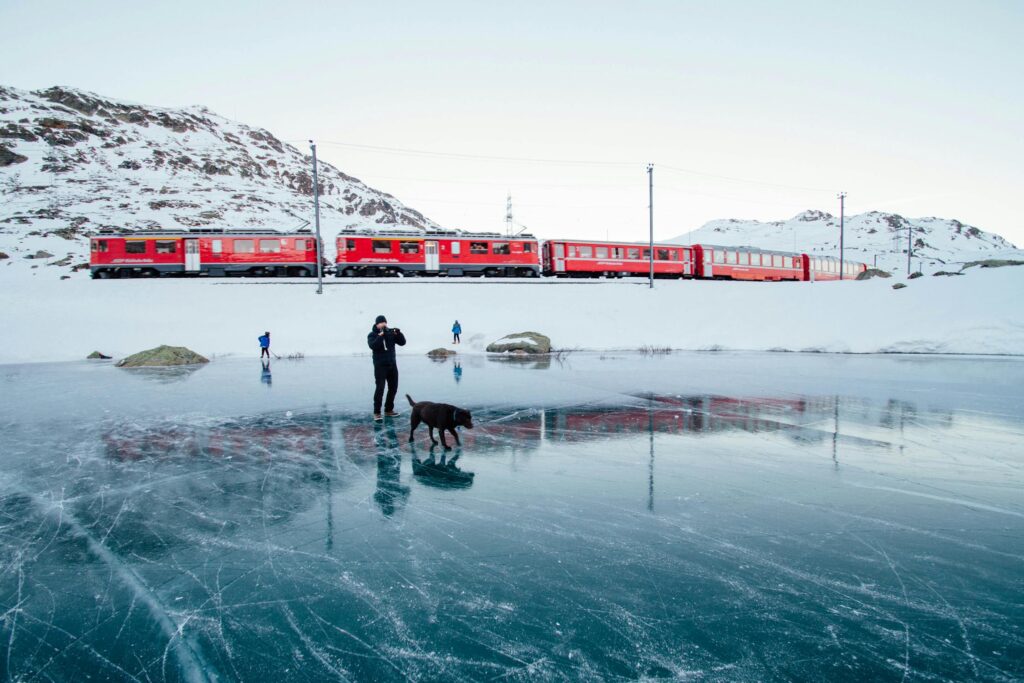
Overnight Sleeper Trains
Sleeper trains like Austria’s ÖBB Nightjet combine travel and lodging, saving time and hotel costs. Options range from reclining seats to private cabins, offering comfort and efficiency. Travel overnight, like Vienna to Venice, and wake up ready to explore.
Despite being practical, there’s also something romantic about them. The soft sway of the train, the sound of rails beneath, and the anticipation of waking up somewhere completely new—it’s an experience worth trying at least once.
Planning Your European Train Adventure
Planning a train adventure through Europe is like piecing together a puzzle where each part adds to the excitement of the journey. A little preparation goes a long way in navigating Europe’s extensive rail networks, ensuring smooth transitions and wallet-friendly tickets. Whether you’re an early bird planner or a last-minute traveler, getting it right can make all the difference.
Booking Tickets And Fare Options
Booking train tickets in Europe is straightforward, with options like online platforms, national railway sites, and mobile apps. Eurail and national services like SNCF (France) or DB (Germany) make planning simple. For short trips, second-class seats often suffice, though a first-class upgrade can add extra comfort.
For multi-destination trips, passes like Eurail or Interrail offer great value but may require extra fees or reservations on certain routes. Booking early is key for high-speed or international trains, as discounted tickets sell out quickly. Plan ahead to secure the best deals and avoid surprises.
Navigating Train Stations
European train stations can be overwhelming, but clear signs in local languages and English help guide you. Departure boards show real-time updates, including train and carriage details, and station staff are usually helpful if you’re unsure.
Arrive early, especially at large stations like Gare du Nord or Milano Centrale, where last-minute gate changes or sprawling layouts can cause delays. Always validate your ticket before boarding to avoid fines—machines are typically near platforms. With a bit of preparation, navigating these hubs becomes simple.
The Environmental Case For Going Rail
There’s no denying that how we choose to travel directly affects the planet. In Europe, rail travel is championed as a more sustainable option compared to alternatives like driving or flying. The environmental benefits are hard to ignore, making trains a top choice if minimizing one’s carbon footprint is a priority. Let’s break it down further.
Comparing Emissions: Rail Vs. Flight Or Car
Trains emit far less CO2 than flights or cars, with short-haul flights producing up to seven times more emissions. Electric trains in countries like Germany and Switzerland, powered by renewables, make rail travel even greener. High-speed trains like the TGV also boost efficiency, carrying hundreds of passengers while minimizing individual impact.
When I think about road trips, the emissions aren’t the only concern. Long drives involve traffic jams, fuel consumption, and wear and tear on the roads. For city-to-city journeys across Europe, trains emerge as clear winners from an environmental perspective.
Impact Of Rail On Sustainable Tourism
Sustainable tourism embraces travel that respects the planet, making trains an ideal choice. Scenic routes like those through the Swiss Alps or French countryside highlight natural beauty without the disruption of airports or highways.
Trains also connect smaller cities and rural areas, promoting eco-friendly tourism and easing overtourism in popular spots like Paris or Venice.
Rail travel fosters cultural exchange, allowing travelers to interact with locals or observe everyday life through the window. It’s a meaningful way to explore while leaving a smaller environmental footprint.
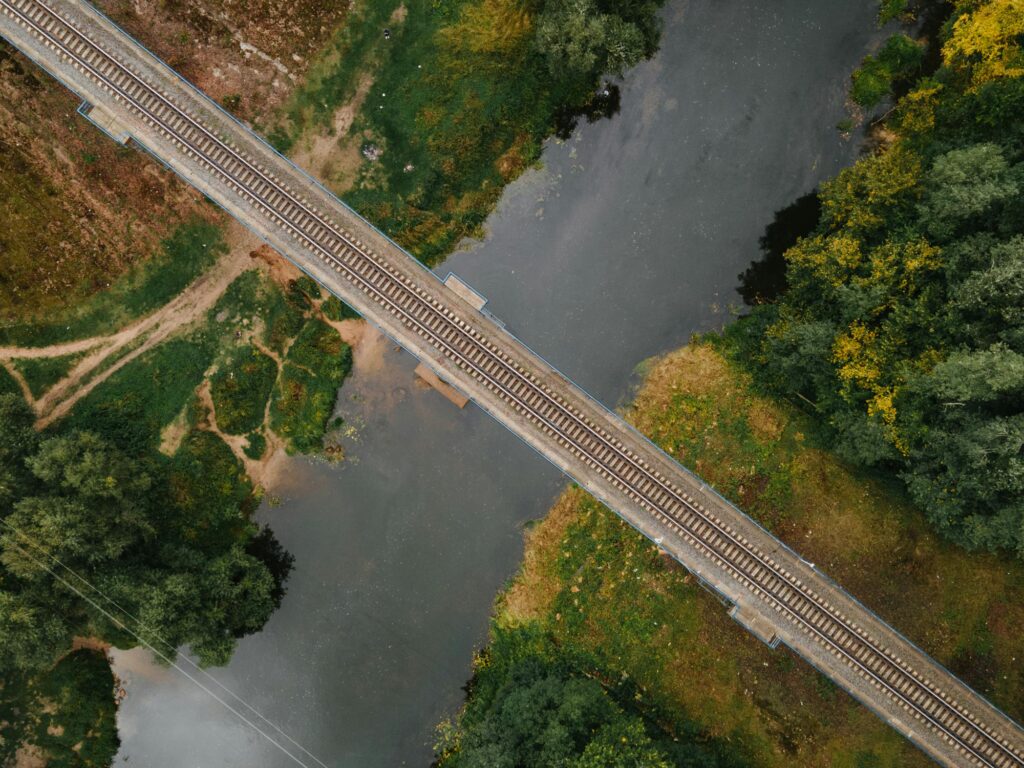
Wrapping it up
Train travel in Europe combines sustainability, comfort, and adventure, offering a unique way to explore the continent. While delays and longer trips may require patience, the eco-conscious journey, breathtaking views, and rich cultural experiences make it all worthwhile.
As Europe continues to expand its rail networks with innovative features, there’s no better time to embrace this timeless form of travel. From first-time travelers to seasoned adventurers, trains deliver journeys as memorable as the destinations.
- Enjoy scenic routes through Europe’s diverse landscapes
- Embrace eco-friendly exploration with minimal environmental impact
- Experience cultural immersion aboard trains with diverse travelers
- Travel comfortably with spacious seats and dining options
Ultimately, train travel is about savoring the journey. It reminds us that exploration is more than reaching the destination—it’s about enjoying every moment along the way.

